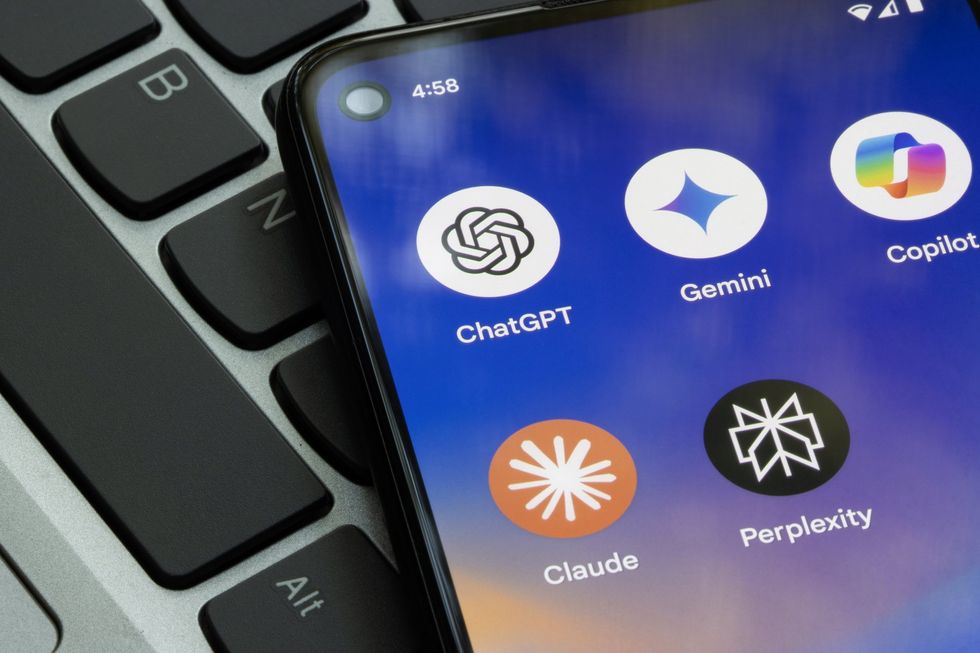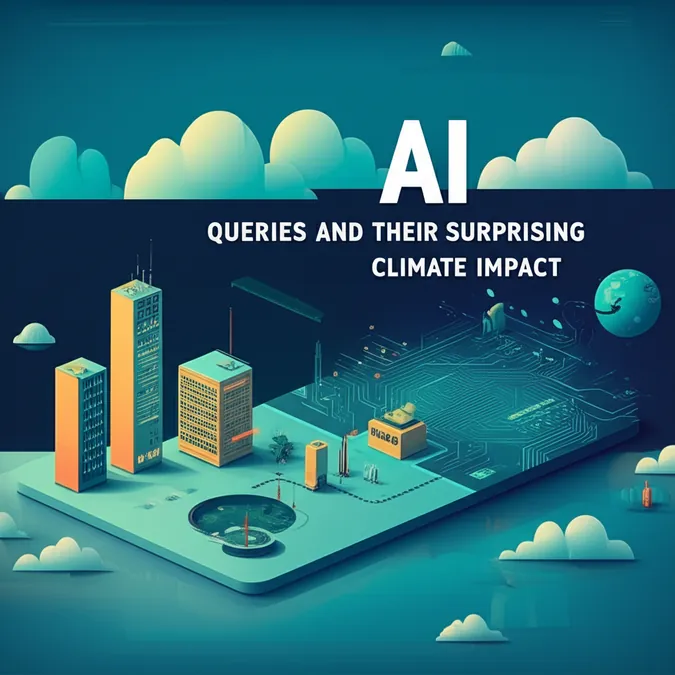Developer Offer
Try ImaginePro API with 50 Free Credits
Build and ship AI-powered visuals with Midjourney, Flux, and more — free credits refresh every month.
AI Understands Words Not Worlds
It is becoming increasingly clear that artificial intelligence or AI despite its advanced capabilities cannot fully understand language a realization that many are only now beginning to grasp.
AI has woven itself into the fabric of our daily lives appearing on social media platforms and in our smartphones. AI chatbots powered by tools like ChatGPT are now widely used to simplify tasks and retrieve information. Yet while humans use language whether spoken or signed to truly comprehend the world generative AI systems fall short of this ability no matter how sophisticated they may seem.
The AI Language Illusion
Even pioneers in AI like Nobel laureate Geoffrey Hinton initially expressed surprise at how quickly neural networks appeared to understand natural language. He once remarked on his amazement that they seemed to genuinely understand what they were saying.
However this perspective is challenged by experts like Veena Dwivedi a professor in the Department of Psychology and Centre for Neuroscience at Brock University. She argues compellingly that this view is mistaken. A primary reason for this misconception Dwivedi suggests is the common confusion between text on a screen and language itself. While related they are not interchangeable.
Beyond Text The Richness of Human Communication
Dwivedi emphasizes that most linguistic communication occurs face to face. It unfolds within a specific environmental context shared by the speaker and listener and is accompanied by a wealth of cues such as vocal tone and pitch eye contact and facial and emotional expressions.

To illustrate this point she considers how the simple phrase I am pregnant can be interpreted in vastly different ways depending on the situation. For a married couple who have struggled with fertility issues these words carry a different meaning and elicit a different understanding than they do for a teenage couple facing an unplanned pregnancy.
Dwivedi notes In each case the message recipient ascribes a different sort of meaning and understanding to the very same sentence.
Algorithmic Patterns vs Biological Understanding
Another crucial distinction Dwivedi highlights is that the term neural networks in AI refers to algorithms. These should not be confused with the biological neural networks found in human brains.
Therefore while a computer or an AI chatbot can process and respond to language in text form it inherently lacks the emotional context necessary to achieve a human like level of understanding.
Dwivedi further explains that even babies are adept at picking up on contextual cues in language. As humans we rely on much more than just the spoken words to extract meaning and comprehension. This is a complex capability that current AI systems are unable to replicate.
Explore More on AI and Related Topics
The conversation around AI extends into many fascinating and sometimes concerning areas. For instance:
- Experts are voicing worries about the development of robotic armies by nations like China and the potential global impact.
- On a lighter note AI is fueling social media trends such as filters that humorously predict unlikely scenarios from family arrests to pet antics.
- Creative applications continue to emerge with new filters allowing users to digitally add AI generated companions to their personal photos.
- Staying informed on general news and updates can also be done through dedicated channels some of which are adopting new platforms like WhatsApp for distribution.
- For broader perspectives you might also consider subscribing to free weekly newsletters from various news outlets for regular updates.
Compare Plans & Pricing
Find the plan that matches your workload and unlock full access to ImaginePro.
| Plan | Price | Highlights |
|---|---|---|
| Standard | $8 / month |
|
| Premium | $20 / month |
|
Need custom terms? Talk to us to tailor credits, rate limits, or deployment options.
View All Pricing Details

